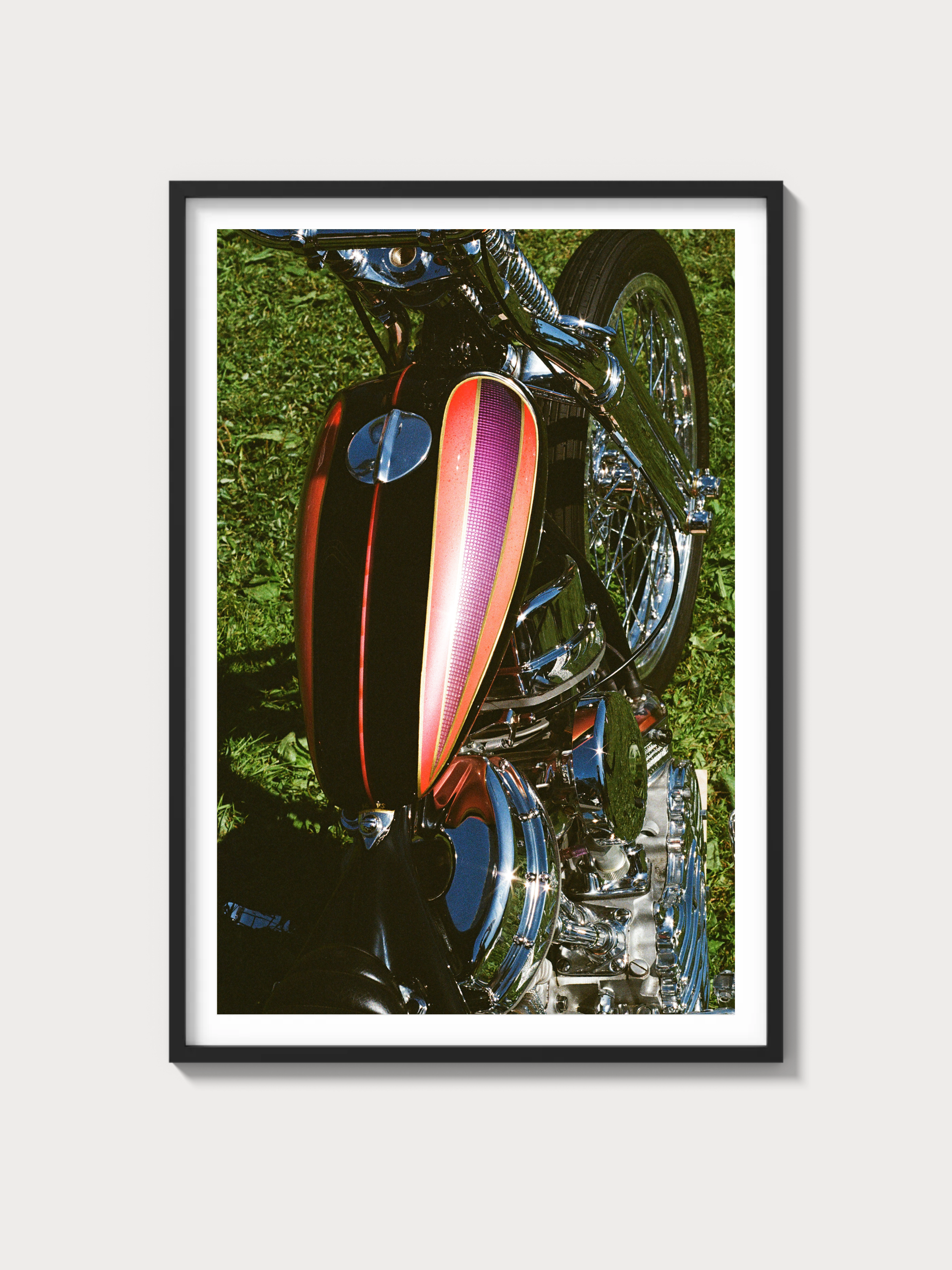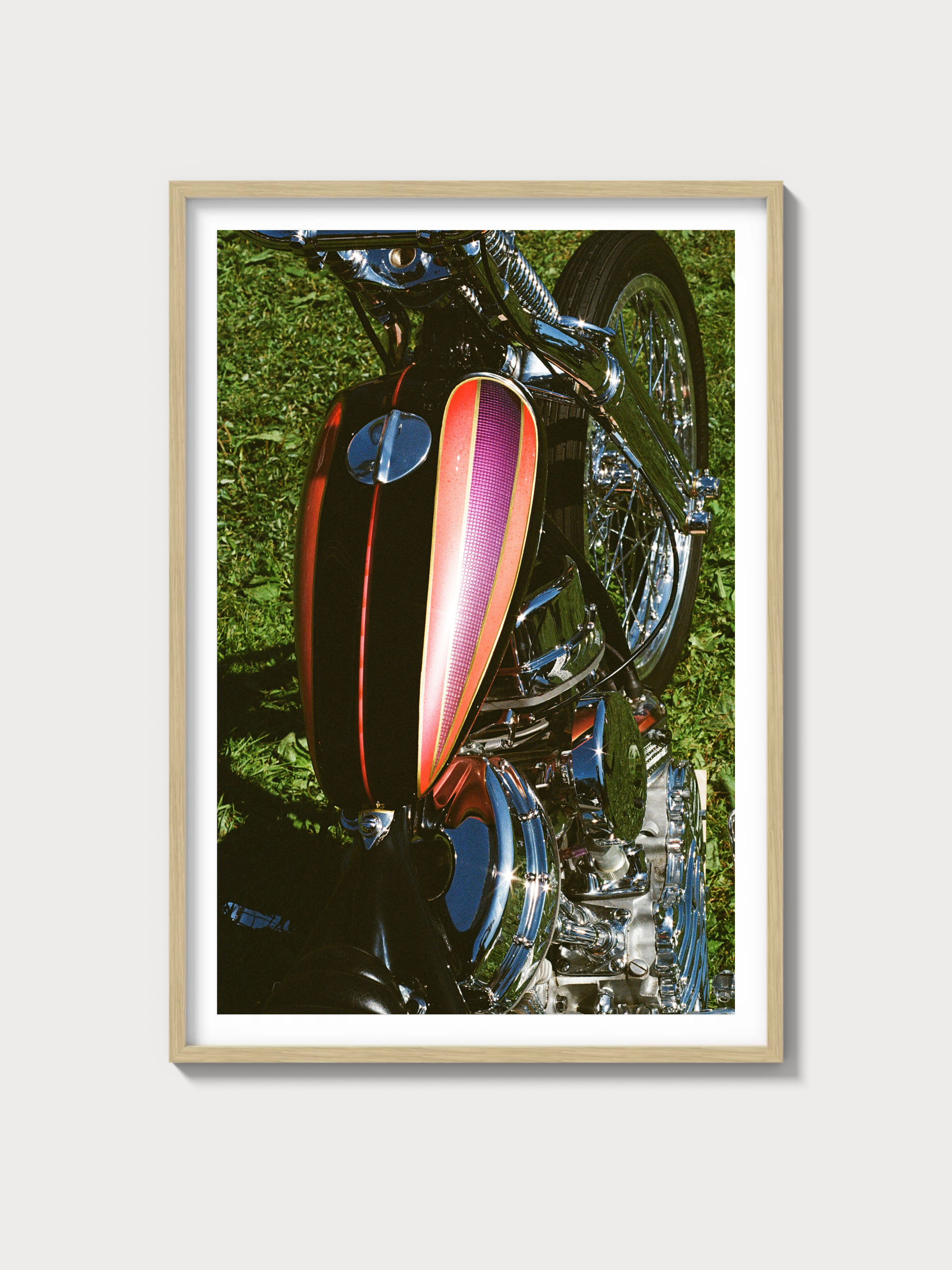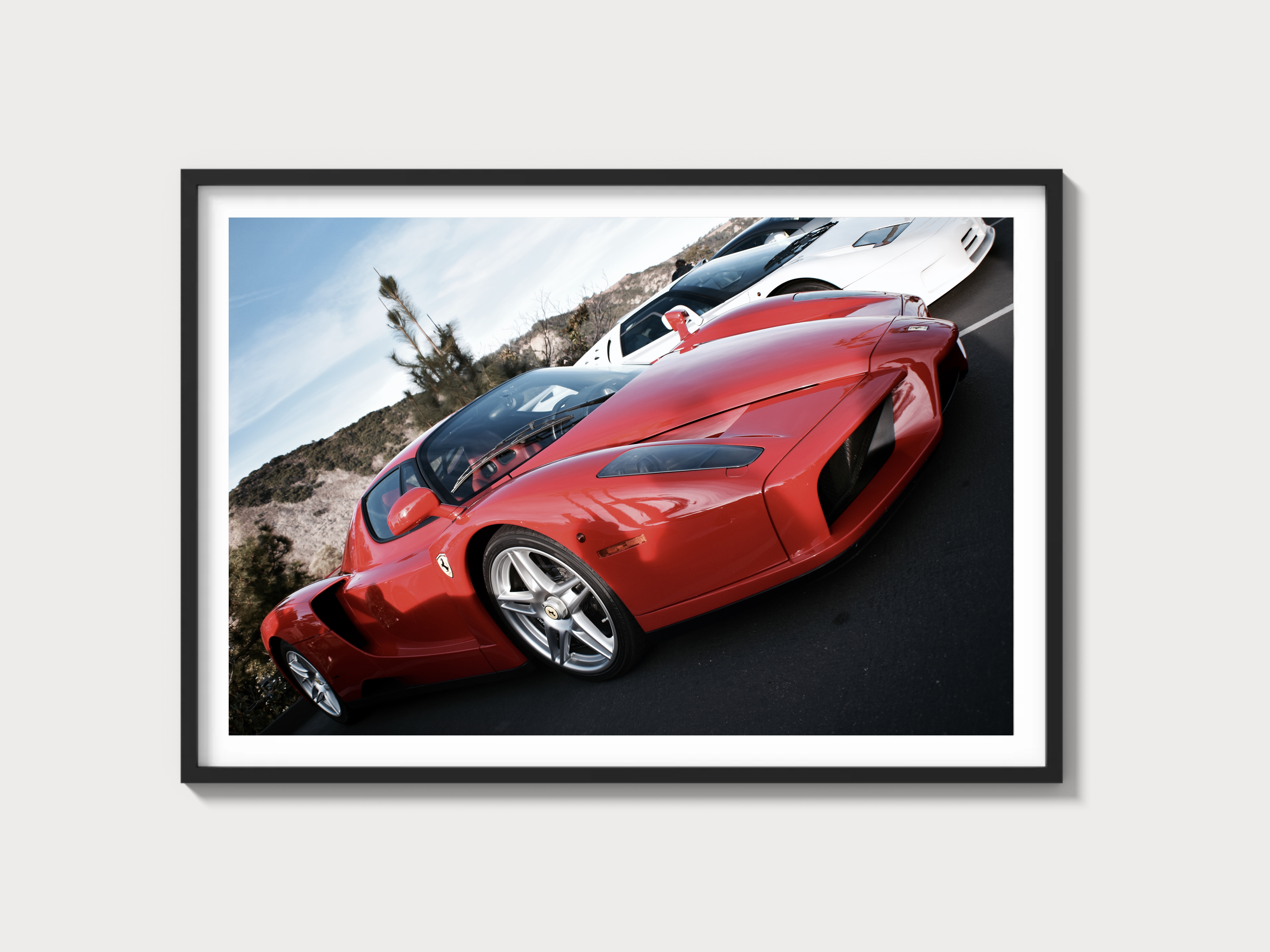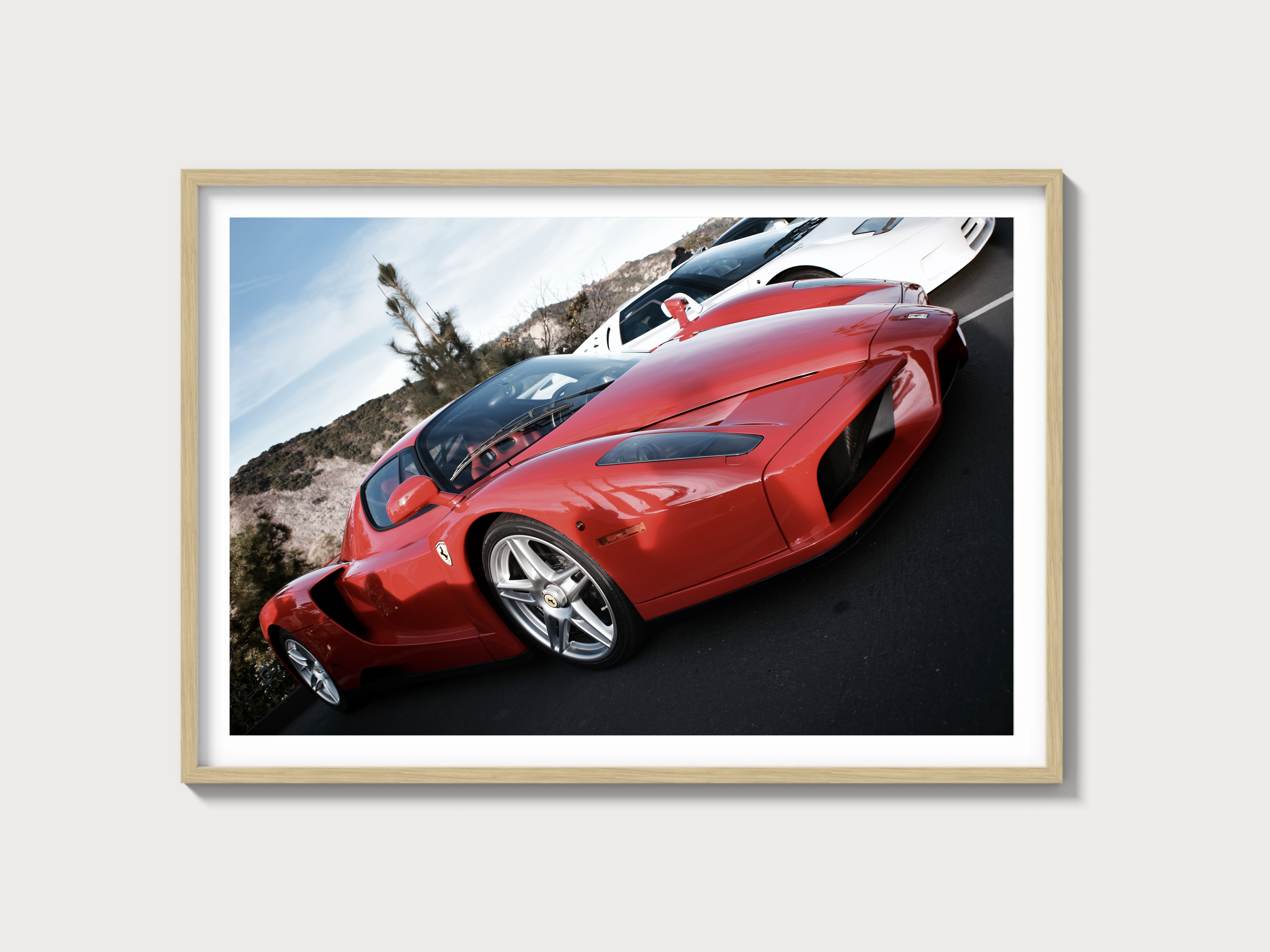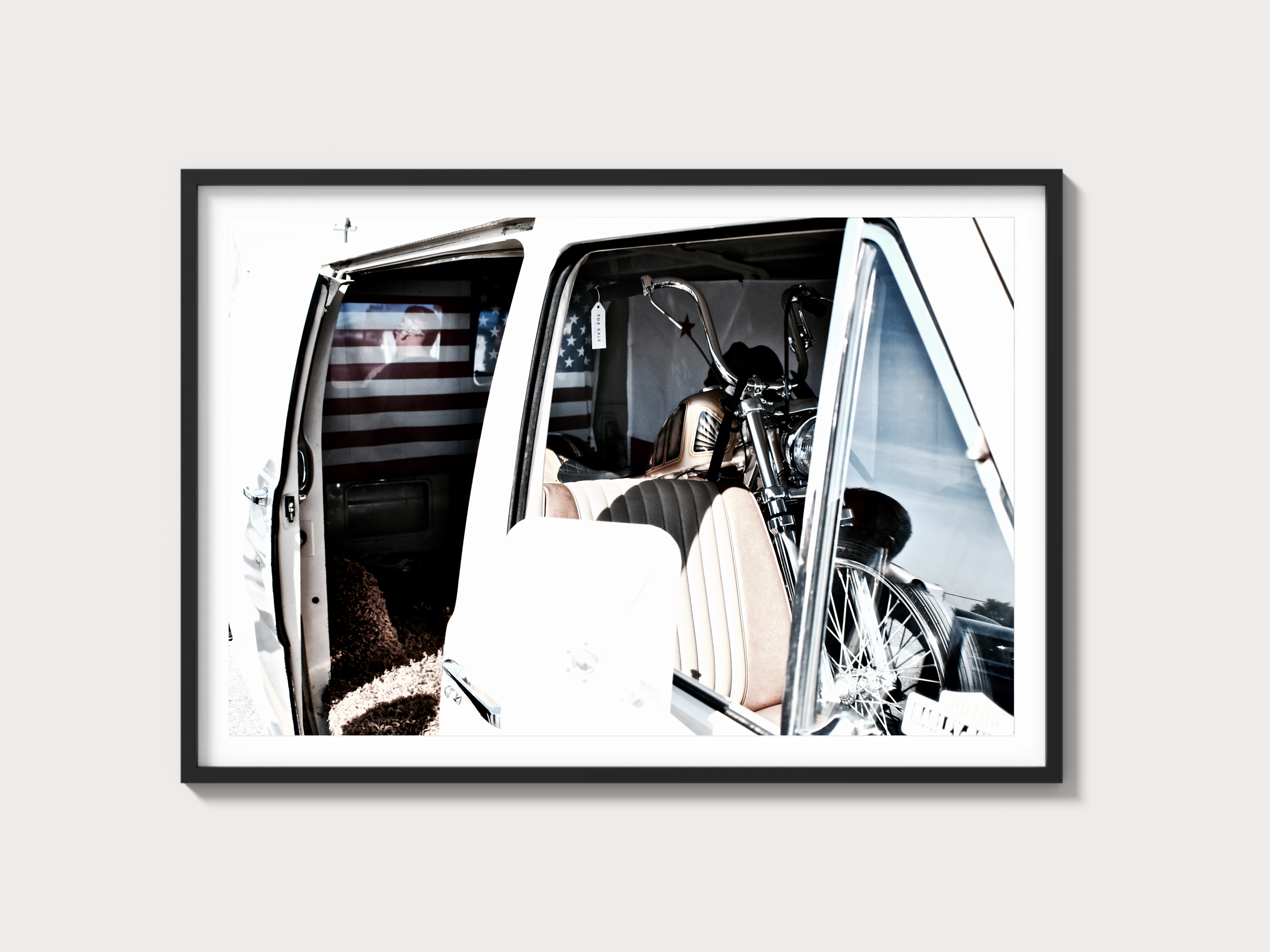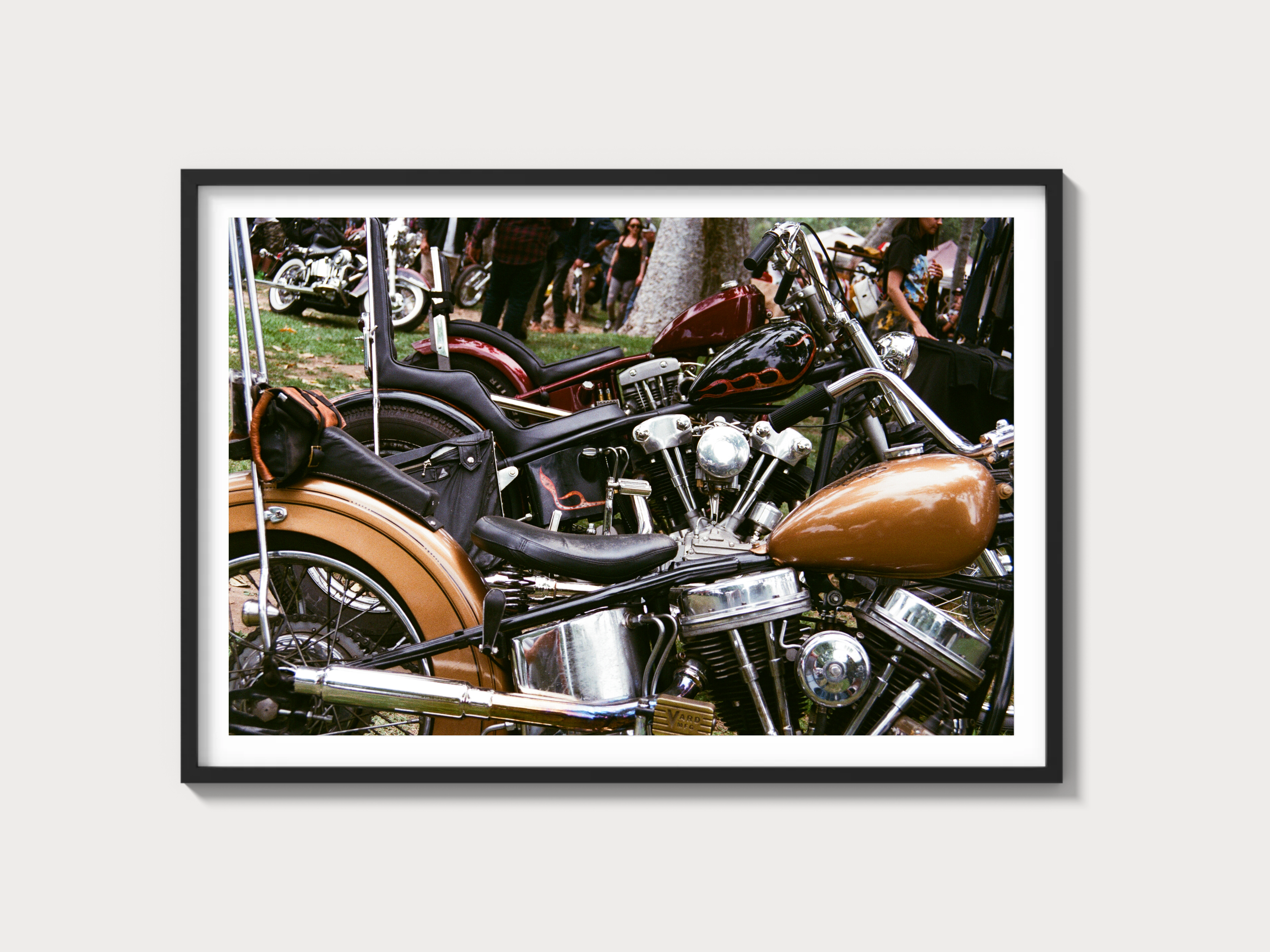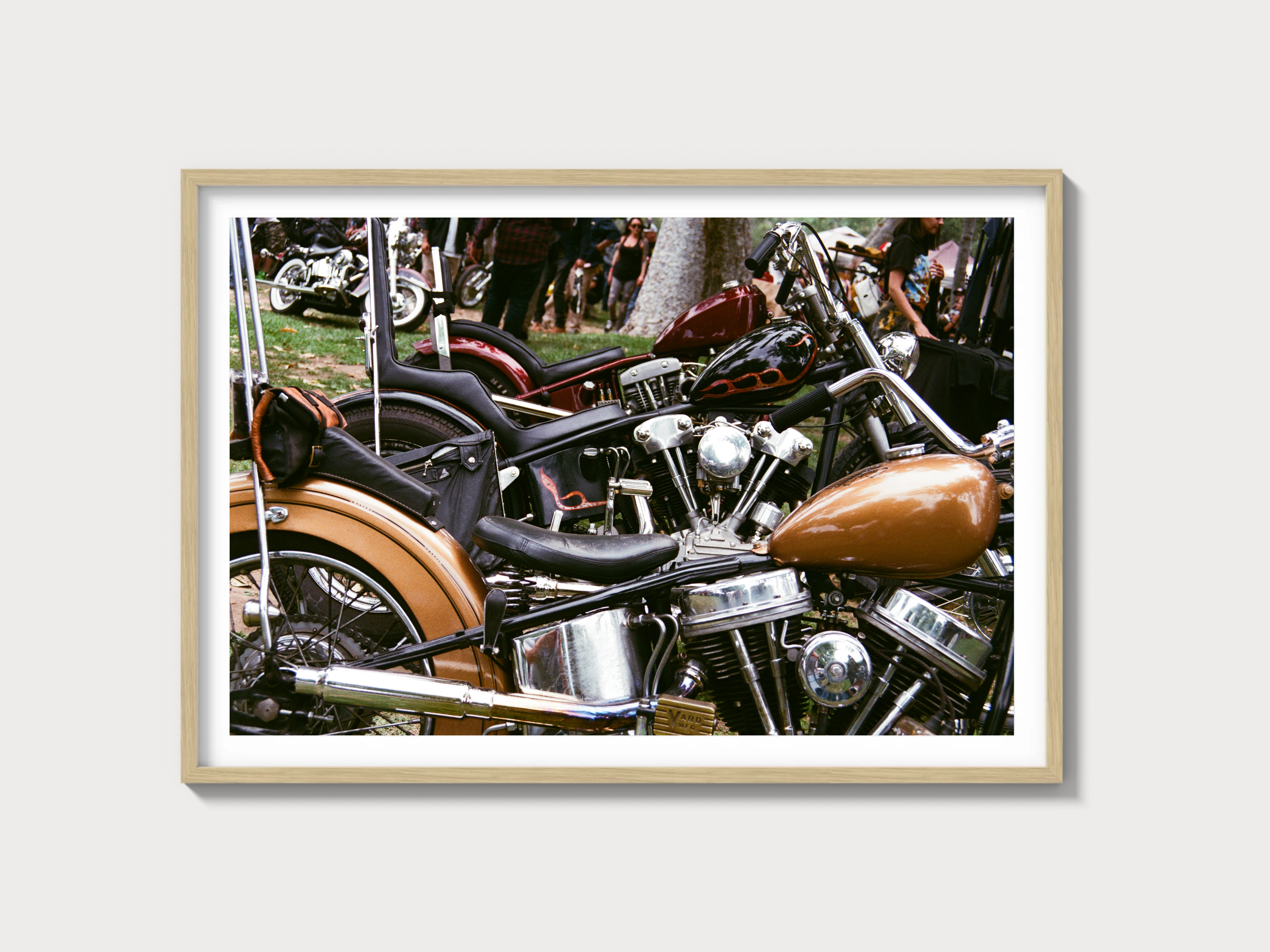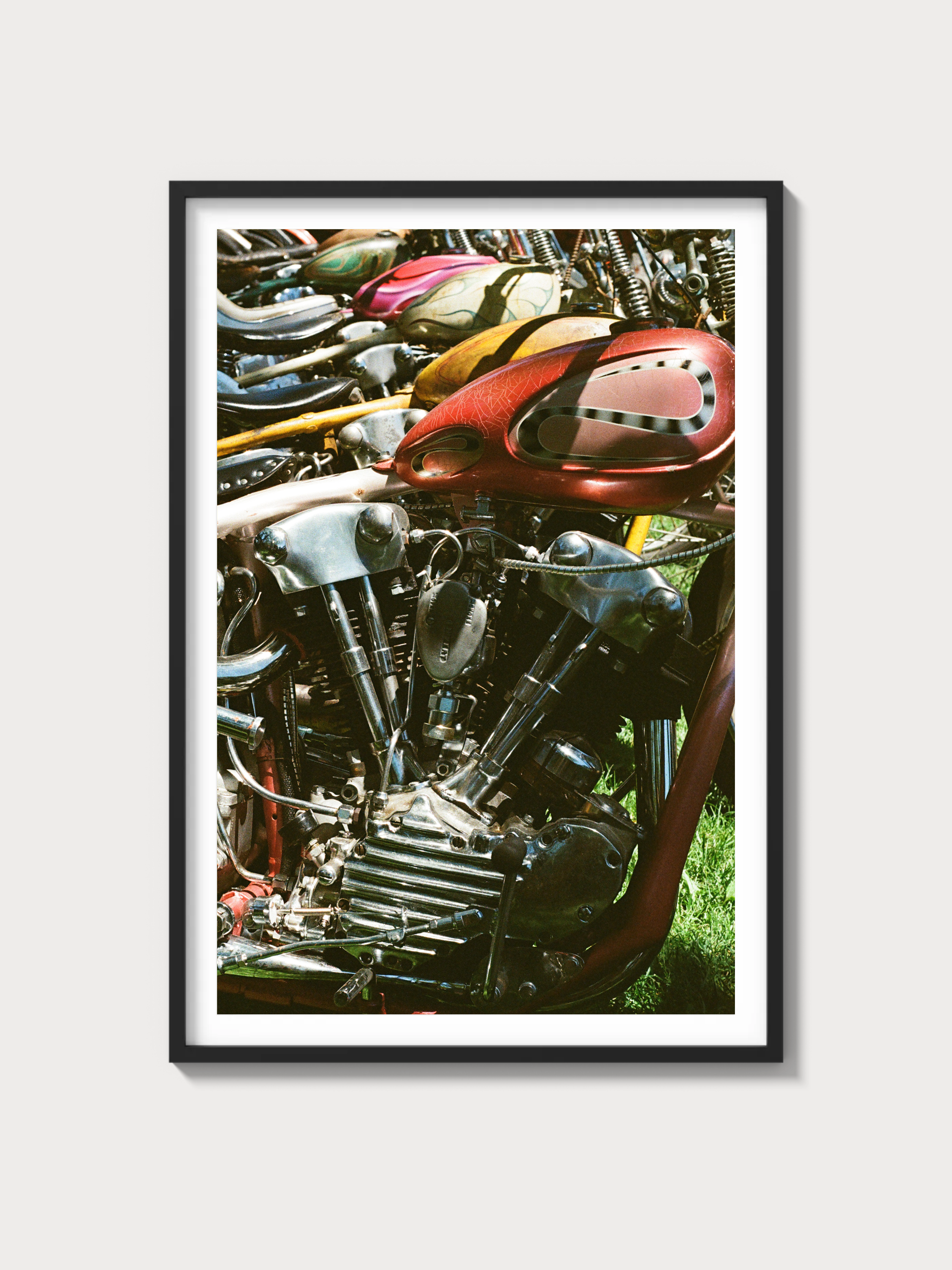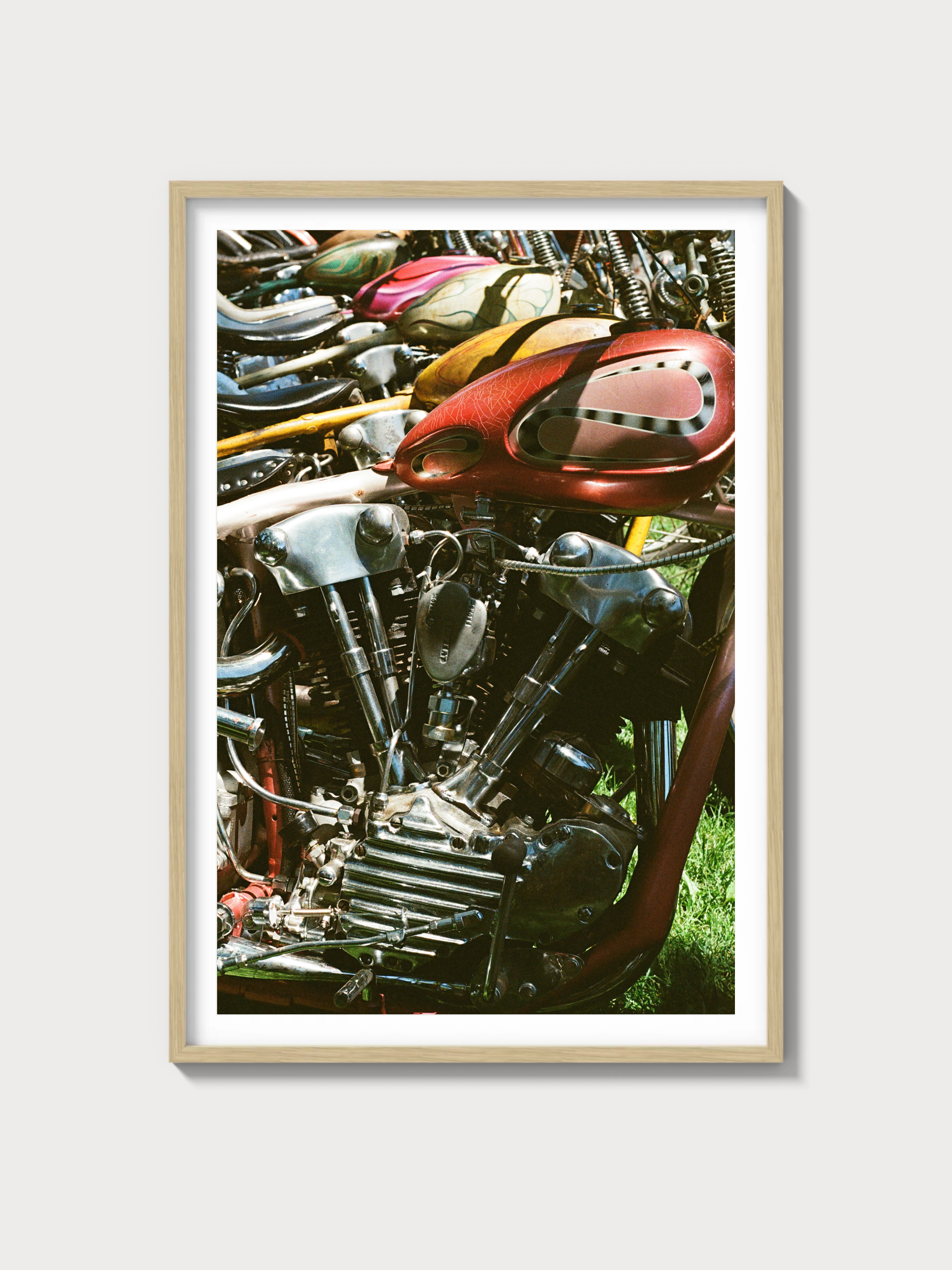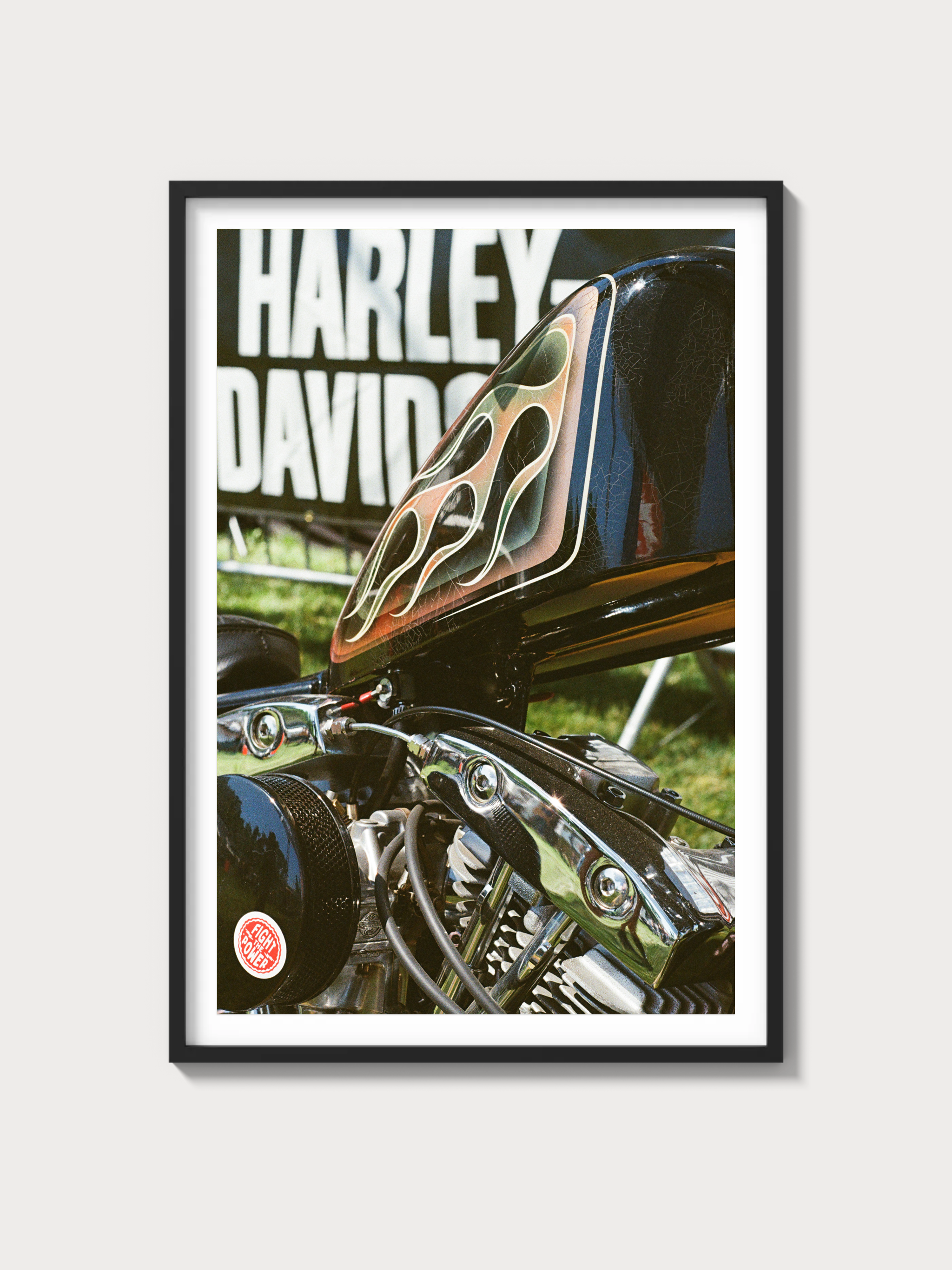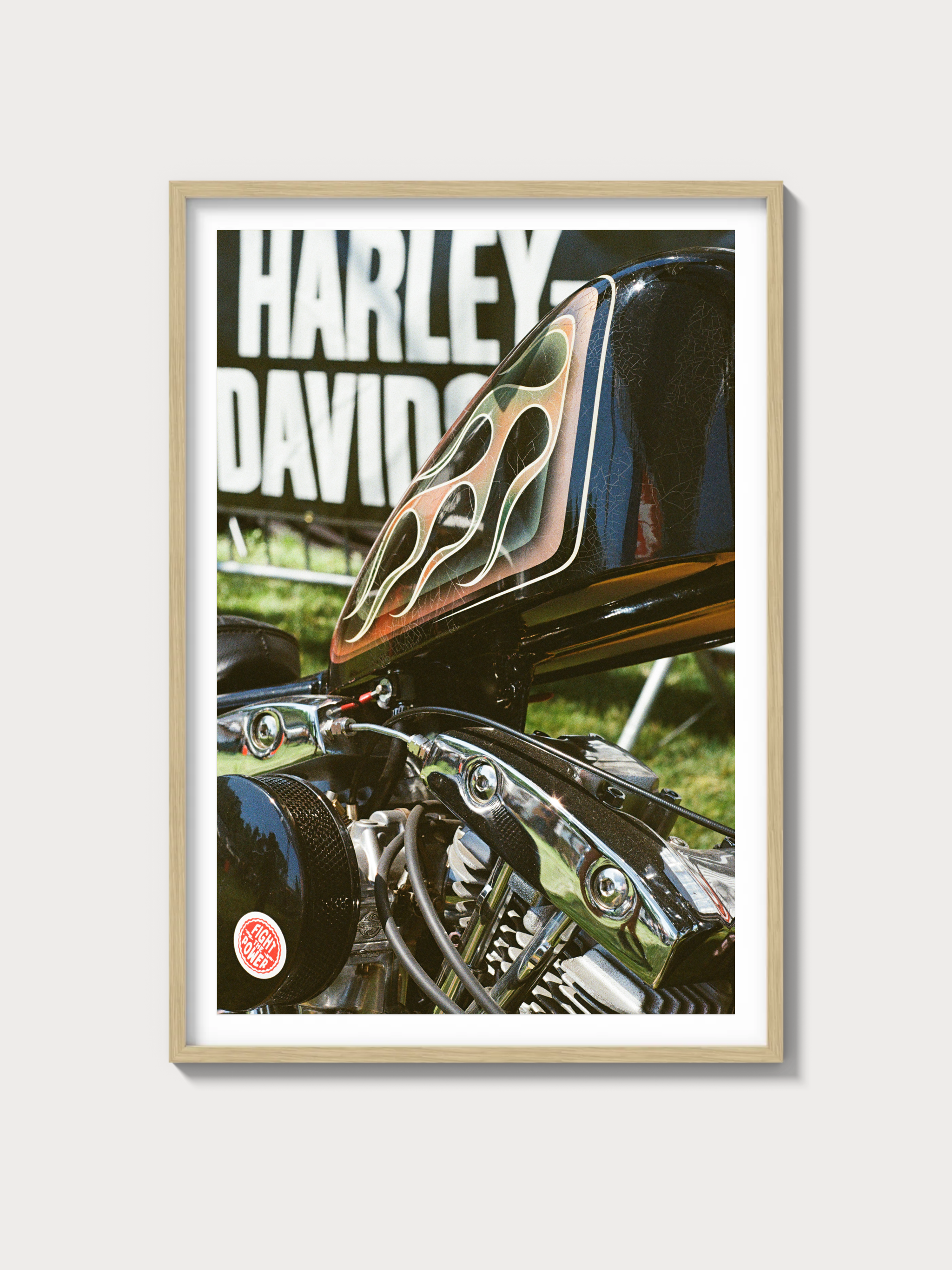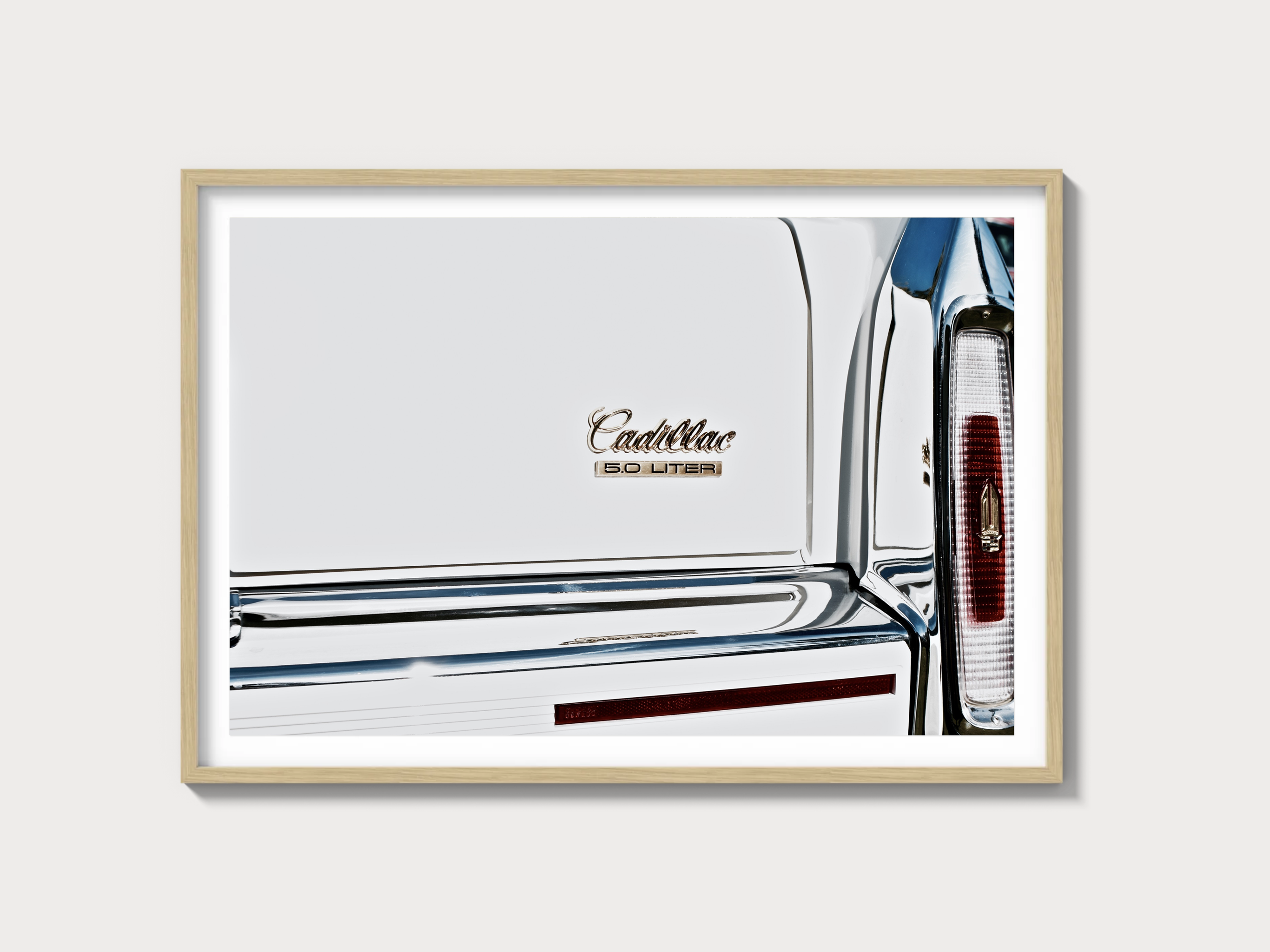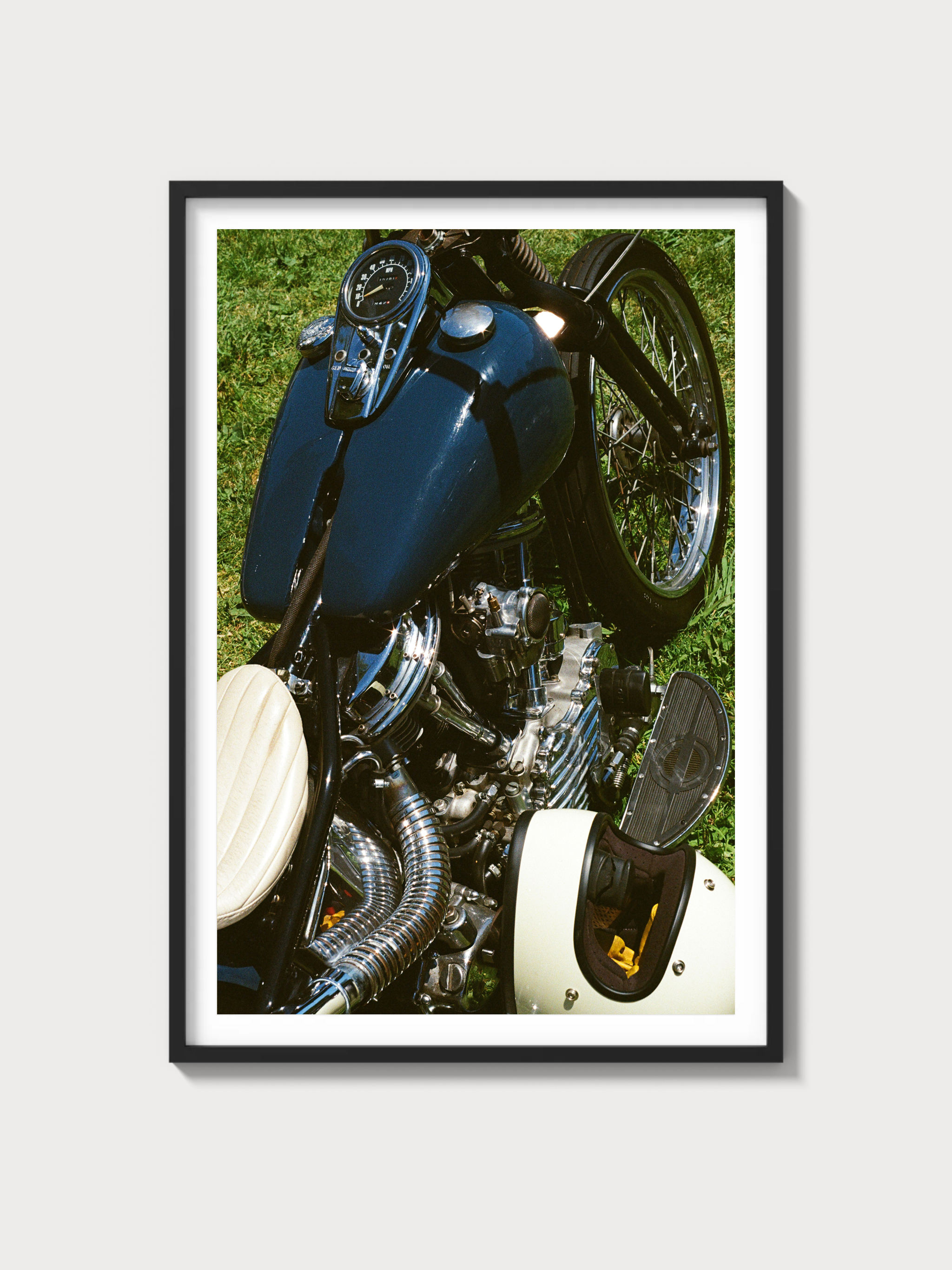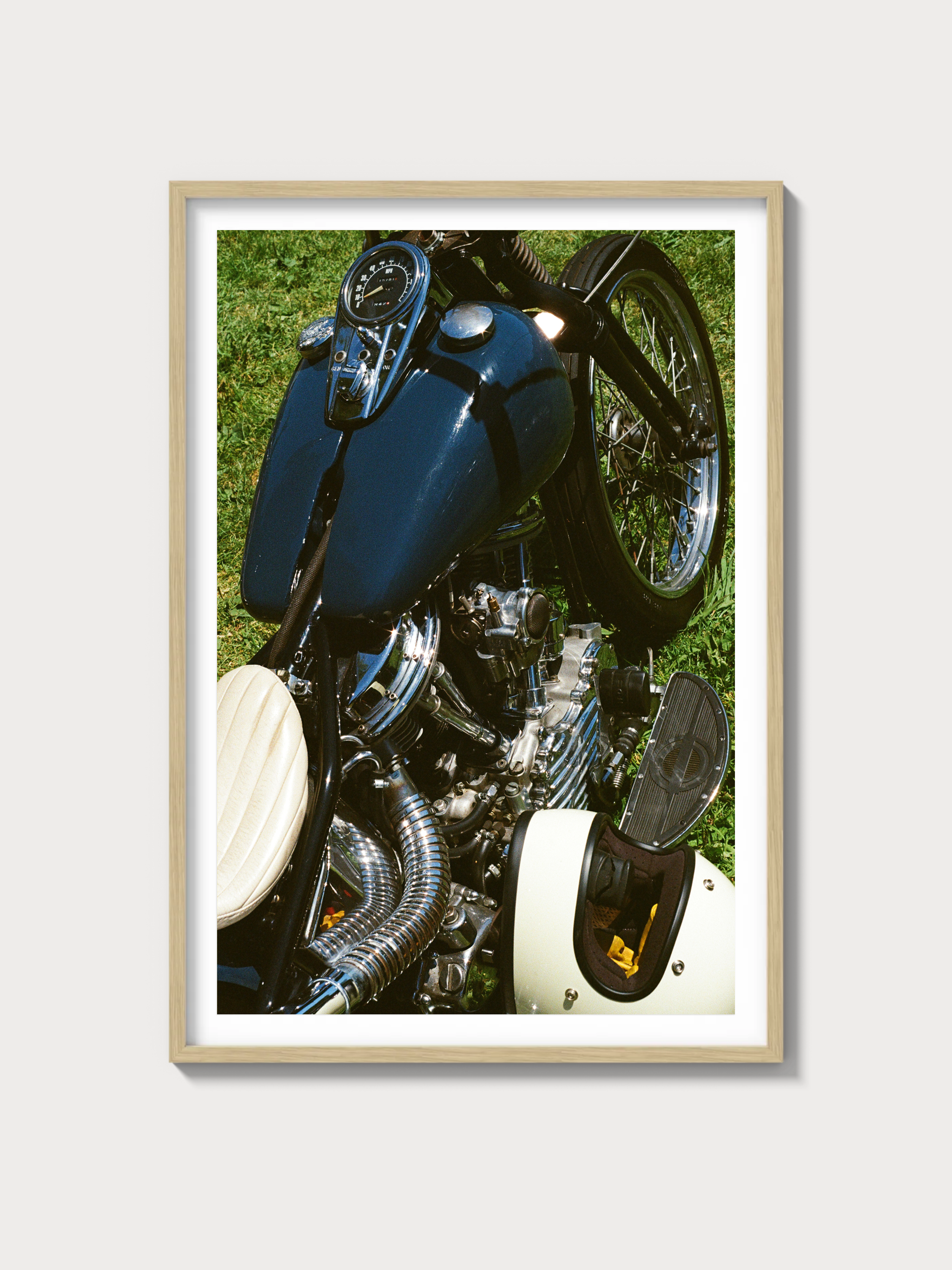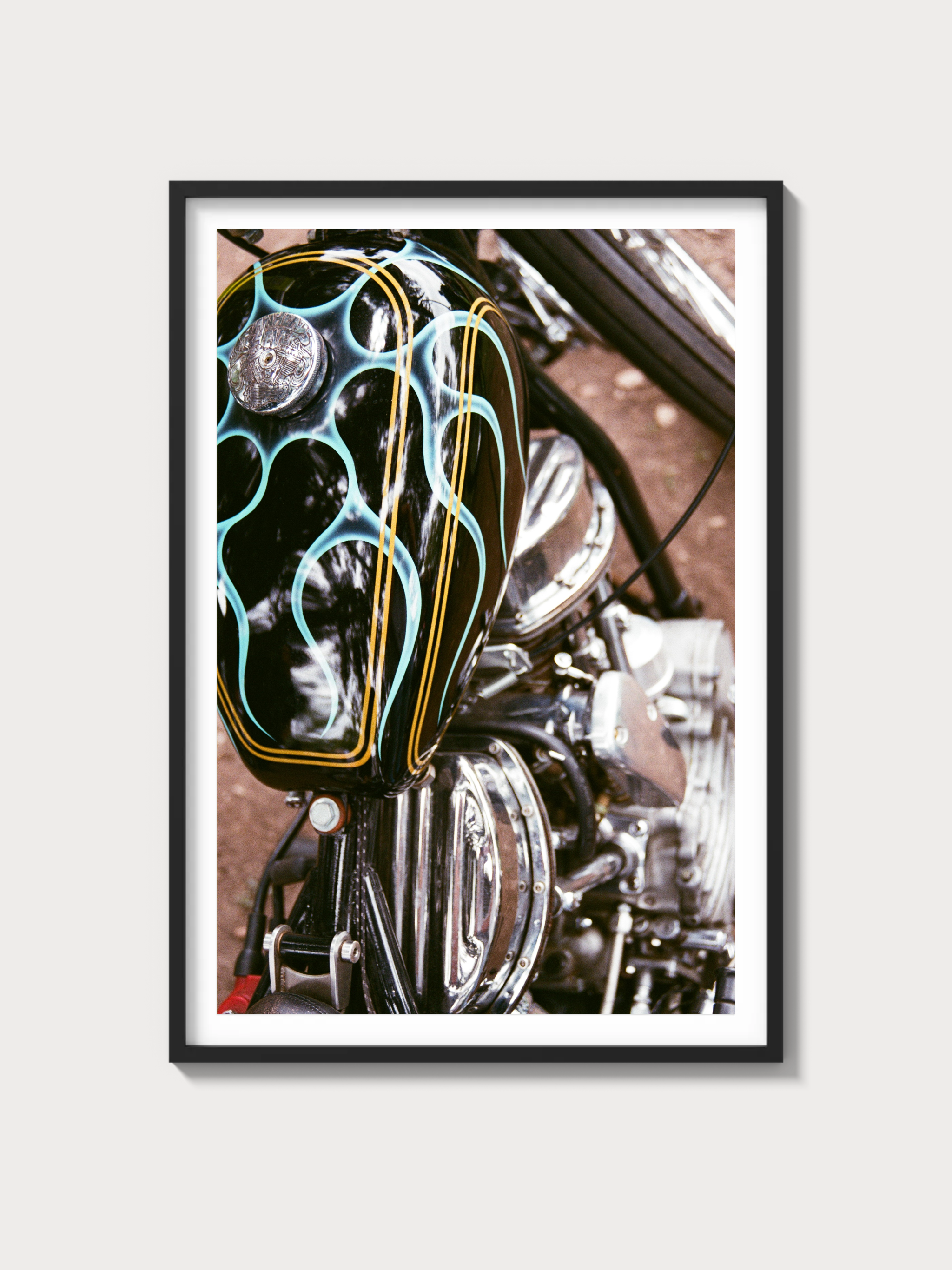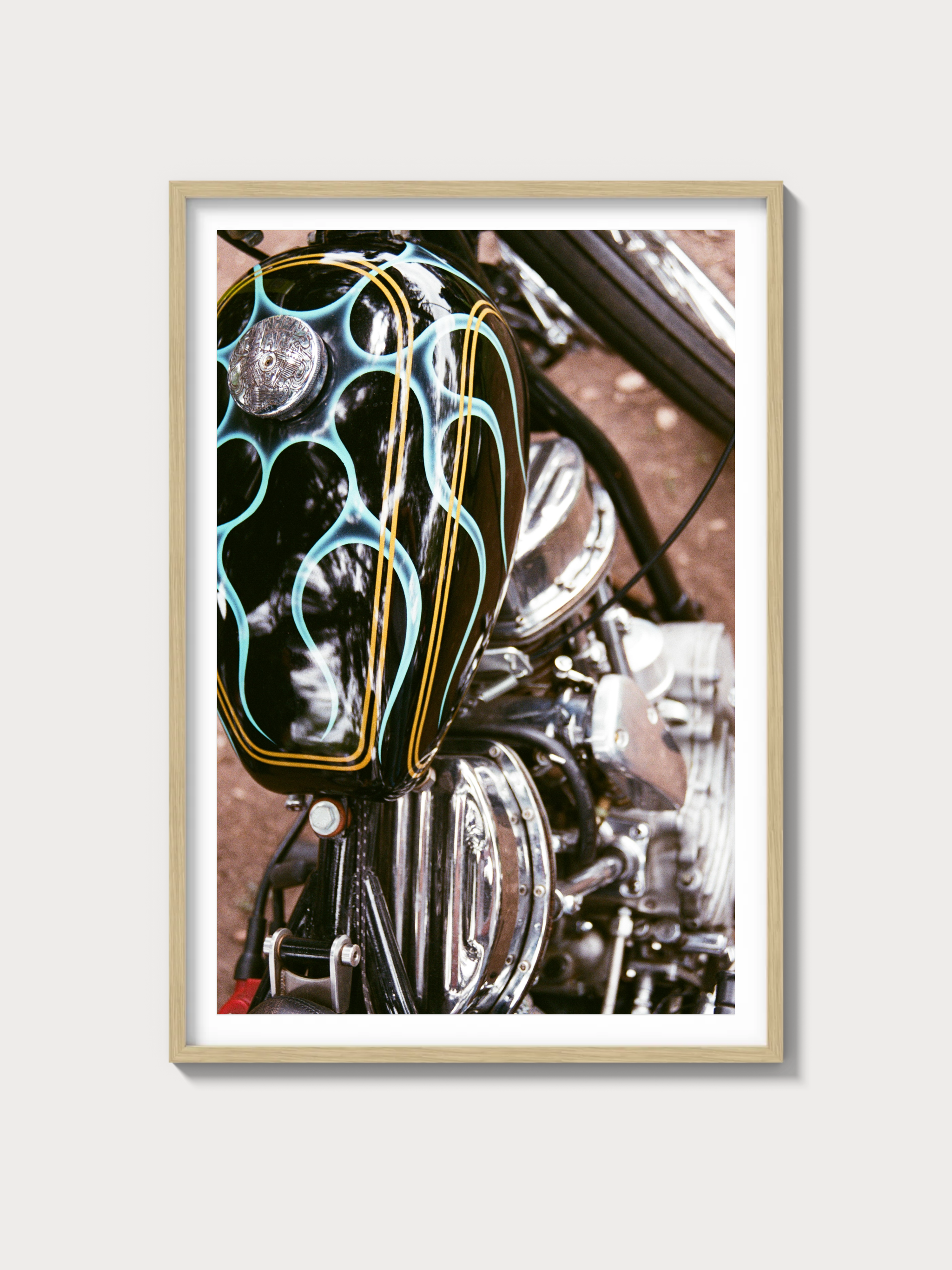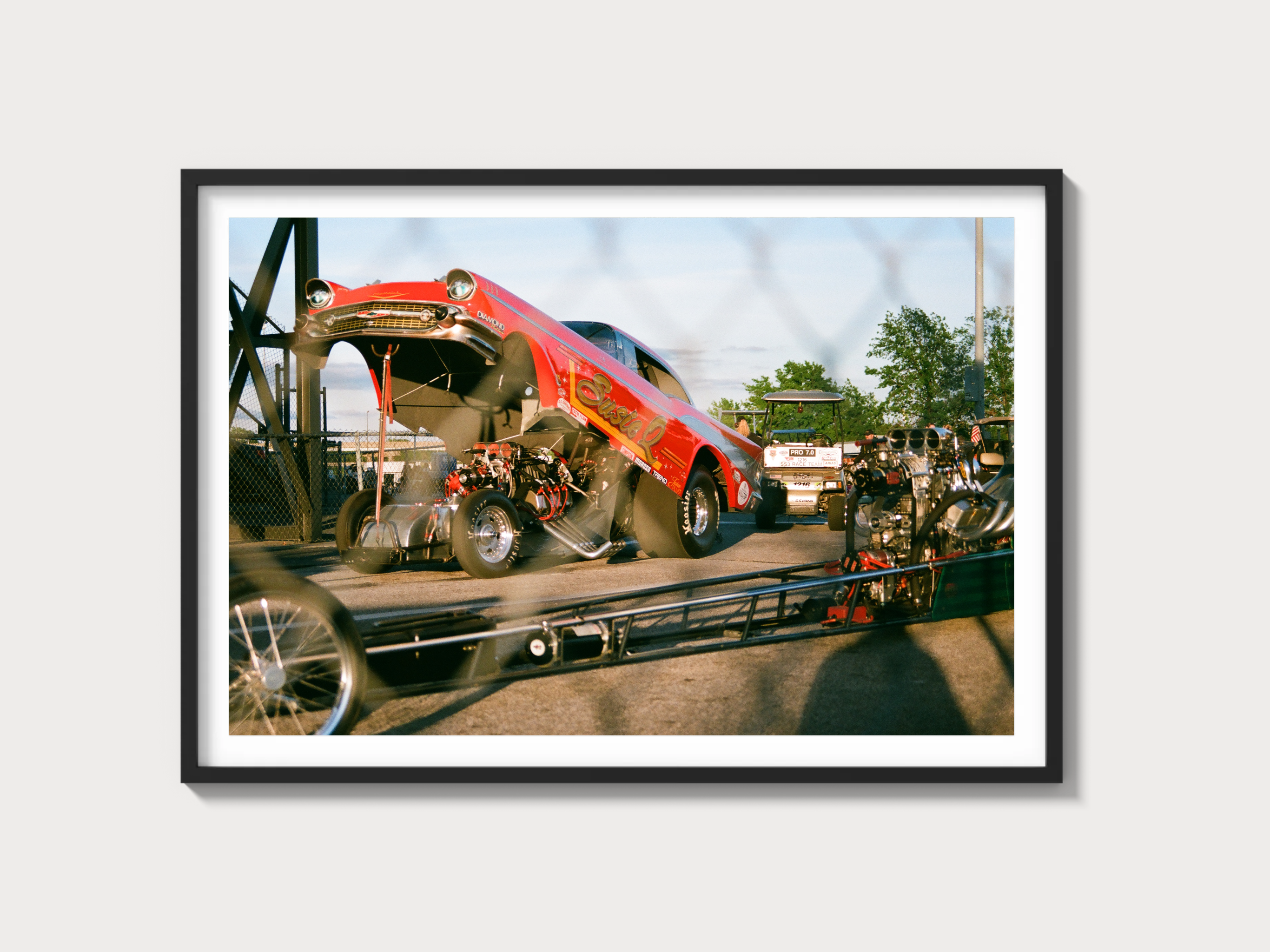1973–1987 Chevrolet C/K Base (3rd Gen): The Square-Body Benchmark
Historical context and development background
General Motors launched the third-generation C/K in 1973 as the internal “Rounded-Line” pickup—a truck engineered in the wind tunnel and built for a broader brief than its predecessors. Enthusiasts later nicknamed it the “Square-Body” for its crisp surfacing and boxy proportions, but the engineering was anything but rudimentary: improved corrosion protection, galvanic isolation in key areas, stronger frames with multiple section depths by GVWR, and a far more accommodating cab with better HVAC and sound insulation.
Corporate product cadence brought a sweeping lineup: half-ton, three-quarter-ton, and one-ton in 2WD (C) and 4WD (K), multiple wheelbases, fleetside and stepside boxes, and a hierarchy of trims. The Base specification was deliberately austere—painted grille and bumpers, rubber floor mat, vinyl bench—aimed at fleets and buyers who prioritized durability and price over ornamentation.
Competitively, Chevrolet faced the Ford F-Series (1973–1979, then 1980–1986) and Dodge D/W (1972 onward). The Chevy differentiated itself with a notably civilized ride for a body-on-frame pickup, a wide powertrain palette, and relentless parts commonality across series. While factory-backed circuit racing for pickups would blossom later, the era still saw K-series rigs and Blazer-based teams running desert events, where small-block stamina and simple leaf-sprung drivetrains earned a reputation for finish-line reliability.
Engines and technical specifications
Across its run, the Base C/K could be ordered with workhorse inline-sixes, small-block gasoline V8s, a big-block on heavier series, and from the early 1980s, a naturally aspirated 6.2L diesel. Carburetion dominated until 1987, when throttle-body injection arrived on small-blocks along with the R/V nomenclature update.
| Engine | Configuration | Displacement | Horsepower (net) | Induction type | Redline | Fuel system | Compression | Bore x Stroke |
|---|---|---|---|---|---|---|---|---|
| 250 Inline-Six (L6) | OHV I6, iron block/head | 250 cu in (4.1 L) | ~100–110 hp (year/calibration) | Naturally aspirated | Not published | 1-bbl carb (Rochester Monojet) | ~8.0–8.5:1 | 3.875 in x 3.53 in |
| 292 Inline-Six (L6) | OHV I6, iron block/head | 292 cu in (4.8 L) | ~120–135 hp (year/calibration) | Naturally aspirated | Not published | 1-bbl carb | ~8.0–8.5:1 | 3.875 in x 4.125 in |
| 305 Small-Block V8 | OHV 90° V8, iron | 305 cu in (5.0 L) | ~130–170 hp (year/calibration) | Naturally aspirated | Not published | 2-bbl/4-bbl carb; 1987 TBI | ~8.3–9.3:1 | 3.736 in x 3.48 in |
| 350 Small-Block V8 | OHV 90° V8, iron | 350 cu in (5.7 L) | ~145–210 hp (carb/TBI, year dependent) | Naturally aspirated | Not published | 4-bbl carb (Quadrajet); 1987 TBI | ~8.0–9.0:1 | 4.00 in x 3.48 in |
| 454 Big-Block V8 | OHV 90° V8, iron | 454 cu in (7.4 L) | ~200–240 hp (heavy-duty series) | Naturally aspirated | Not published | 4-bbl carb | ~7.9–8.5:1 | 4.25 in x 4.00 in |
| 6.2 Detroit Diesel V8 | OHV 90° V8, iron | 379 cu in (6.2 L) | ~130–150 hp (year/calibration) | Naturally aspirated | Not applicable | Mechanical diesel injection | ~21:1 | 4.055 in x 3.82 in |
Chassis, driveline, and what it’s like to drive
Two-wheel-drive C-series trucks use an independent front suspension with coil springs and control arms, paired to a live rear axle on multi-leaf springs. Four-wheel-drive K-series adopt a solid front axle with leaf springs. Front disc brakes and rear drums are standard across light-duty models, with larger rotors/drums on higher GVWRs. Steering is recirculating-ball; power assist is common but not universal on early Base trucks.
On the road, the appeal is in the calibration. The independent front end takes the sharp edges off broken pavement, and the rear spring rates—selected for payload ratings—still allow an unladen Base C10 to ride with a compliance few rivals matched at the time. Body control is understandably truckish, yet predictable; a thick front anti-roll bar became a popular factory and dealer-fit piece.
Gearboxes span a column-shift 3-speed manual, the indestructible SM465 4-speed with a stump-pulling low, and automatics including TH350, TH400, and later the 700R4 overdrive. Throttle response reflects the fueling: Quadrajet small primaries give a crisp tip-in and economy when driven gently, while 1987 TBI improves hot starts and drivability. The 6.2L diesel trades revs for a broad torque plateau and engine braking—a very different character that suits towing and long grades.
Performance (representative figures)
Performance varies widely by engine, axle ratio, bed/wheelbase, and altitude. The figures below reflect typical period-test ranges for lightly optioned examples in stock tune.
| Configuration | 0–60 mph | Quarter-mile | Top speed | Curb weight | Layout | Brakes | Suspension | Gearbox |
|---|---|---|---|---|---|---|---|---|
| C10 5.7L V8 (carb/TBI), 2WD | ~11–16 s | ~17.5–20.0 s | ~90–95 mph | ~3,900–4,300 lb | Front-engine, RWD | Front discs, rear drums | IFS coils (front); live axle leafs (rear) | 3-spd/SM465/TH350/TH400/700R4 |
| C10 250/292 I6, 2WD (Base) | ~16–20 s | ~19–21 s | ~85–90 mph | ~3,800–4,200 lb | Front-engine, RWD | Front discs, rear drums | IFS coils (front); live axle leafs (rear) | 3-spd/SM465/TH350 |
| K10 6.2L Diesel, 4x4 | ~18–22 s | ~20–23 s | ~80–85 mph | ~4,300–4,800 lb | Front-engine, 4x4 (part-time) | Front discs, rear drums | Solid axle leafs (front); live axle leafs (rear) | SM465/TH400/700R4 + NP transfer case |
Variant and trim breakdown (Base specification within the family)
The Base was the entry point beneath appearance-led trims (Cheyenne/Scottsdale/Silverado depending on year). It could be specified across series and wheelbases.
| Variant | Years applicable | Key identifiers | Engines commonly fitted | Production (Base trim) | Market notes |
|---|---|---|---|---|---|
| C10/C1500 (1/2-ton 2WD) | 1973–1987 (renamed R10 in 1987) | Painted grille/bumpers, steel wheels with dog-dish caps, vinyl bench, rubber floor | 250/292 I6; 305/350 V8; 6.2L diesel (later) | Not separately published | Bread-and-butter configuration; broad fleet use |
| K10/K1500 (1/2-ton 4x4) | 1973–1987 (renamed V10 in 1987) | Part-time 4x4, manual hubs (many), ride height, transfer-case lever | 350 V8 favored; 305/6.2L available by year | Not separately published | Strong rural and snow-belt demand |
| C20/R20 (3/4-ton 2WD) | 1973–1987 | 8-lug wheels, heavier brakes/axles, HD cooling | 350/454 V8; 6.2L diesel (later) | Not separately published | Favored for towing and commercial upfits |
| K20/V20 (3/4-ton 4x4) | 1973–1987 | 8-lug 4x4, HD leafs, stout transfer cases | 350/454 V8; 6.2L diesel | Not separately published | Worksite and off-pavement duty |
| C30/R30 (1-ton 2WD) | 1973–1987 | Dual rear wheel option, camper/flatbed favorites | 350/454 V8; 6.2L diesel | Not separately published | Chassis-cab and dually availability |
| K30/V30 (1-ton 4x4) | 1977–1987 | Dana/Corporate axles, serious payload/traction | 350/454 V8; 6.2L diesel | Not separately published | Sought by off-road and utility buyers |
Notes on nomenclature: Chevrolet used C for 2WD and K for 4x4; in 1987, as throttle-body injection arrived and the next generation launched alongside, these became R (2WD) and V (4x4).
Ownership notes: maintenance, parts, and restoration
- Maintenance cadence: Contemporary service schedules favored engine oil changes around 3,000–5,000 miles, with periodic valve adjustments unnecessary on hydraulic-lifter gasoline engines. Front wheel bearings (particularly on 4x4s) and driveline U-joints appreciate regular inspection and repack/replacement.
- Transmissions: The SM465 4-speed is famously robust. Early 700R4 automatics benefited from later internal updates; proper TV cable setup and fluid service are critical to longevity.
- Fuel systems: Quadrajet carburetors are reliable when rebuilt properly and deliver good drivability. 1987 TBI systems simplify cold starts and emissions compliance with straightforward diagnostics.
- Diesel specifics: The 6.2L naturally aspirated diesel rewards clean fuel, healthy glow plugs, and correct pump timing. It is torque-biased rather than quick-revving; keep cooling and charging systems in top order.
- Rust watch-points: Cab corners, rocker panels, floor pans, inner fenders, door bottoms, windshield pinch welds, the battery tray area, and bed cross sills. Frame rust typically concentrates at rear spring hangers and behind the cab.
- Parts availability: Excellent. OEM-equivalent mechanicals, sheet metal, weatherstripping, and trim are widely supported, with multiple reputable reproduction sources. Driveline components interchange across many GM light trucks of the era.
- Restoration difficulty: Mechanically straightforward with strong documentation. Bodywork can be the time sink—panel gaps and drip rail repairs require patience to avoid wind noise and water ingress.
Cultural relevance and market perspective
Few pickup shapes are as instantly recognizable. The Square-Body silhouette is omnipresent in period advertising, rural Americana, municipal fleets, and off-road lore. Its simplicity and robustness made it a favorite canvas for everything from sleeper small-block builds to lifted K-series rigs. Collector interest has broadened well beyond short-bed, high-trim trucks; honest Base-spec survivors resonate with buyers who want the unfiltered work-truck experience.
At auction, results span a wide spectrum by specification and condition. Project-grade long-bed Base trucks can be entry priced, while well-restored or tastefully upgraded short-bed V8 and 4x4 examples have achieved strong five-figure and, in exceptional cases, six-figure results. Originality, rust-free cab/bed metal, and correct driveline pairings tend to underpin the best outcomes.
Frequently asked questions
What engines were standard on Base trucks?
Depending on year and GVWR, Base trucks commonly received the 250 or 292 inline-six as standard on half-ton and some three-quarter-ton models, with small-block V8s optional. Later in the run, the 4.3L V6 entered the lineup while the 6.2L diesel became available on many series.
How reliable are the small-block V8s?
Exceptionally robust when maintained. The 350 (5.7L) in particular is known for long service life with regular oil changes, cooling system upkeep, and ignition maintenance. The 305 (5.0L) is similarly durable but is often geared and cammed for economy, not outright performance.
Are there known problem areas?
Rust is the primary enemy. Early 700R4 automatics require proper setup; deferred maintenance can shorten their life. On 4x4s, wear in transfer-case chains (where applicable) and front axle joints accumulates with mileage. HVAC controls and dash pads often suffer UV aging. Electrical grounds and bulkhead connectors deserve periodic cleaning.
What about the 6.2L diesel?
It’s a naturally aspirated, economy-focused diesel designed for torque and efficiency rather than speed. Keep the fuel system clean, glow plugs fresh, and cooling in spec. It pairs well with taller axle ratios for highway use and excels at steady-state cruising and towing within ratings.
Which transmissions are most desirable?
The SM465 4-speed manual is a workhorse with an ultra-low first; the TH400 is the stoutest of the 3-speed automatics for heavy use. The 700R4 brings overdrive for relaxed cruising; later units and properly built examples are preferred.
How does the Base differ visually from higher trims?
Painted bumpers and grille, fewer bright trim pieces, simpler door cards, vinyl bench, and rubber flooring. Steel wheels with basic hubcaps were typical, though many fleets and owners added optional appearance items over time.
What should I look for when buying?
Seek solid cab and bed structure, correct and functioning emissions and fuel systems, tight steering with minimal play, and clean title history that matches the truck’s series (C vs K) and VIN decodes. Verify axle ratios and transfer-case operation on 4x4s.
Why are short-bed Base trucks often pricier?
Wheelbase and body style drive demand: short-bed trucks, especially 2WD V8 and 4x4s, fit garage spaces, look purposeful, and are popular candidates for performance and style builds, elevating market interest.




